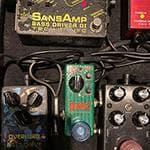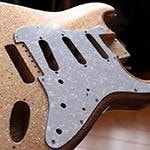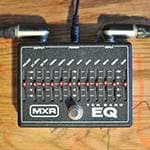Hello, this is Mieno, the bassist of the Hammond Organ Trio Banana Needle.
Today, I’d like to write about ‘heavy amp heads’ and ‘light amp heads’.
First of all, why do both ‘heavy amp heads’ and ‘light amp heads’ exist?
The rise of the ‘light amp head’ we now see as standard has been over the past 20 years or so. Before that, ‘heavy amp heads’ were the norm.
In fact, there were almost no ‘light amp heads’ at all.
I remember using a transistor amp head by Hartke (without any tubes), and I had to roll it around and struggled to carry it up stairs.
If you didn’t have a way to transport it by car, bringing your own amp required a lot of determination.
“Heavy Amp Head”
There are several reasons why amp heads are heavy—whether it’s because of a wooden or steel body—but the main reason is that they contain a transformer, which has the role of amplifying power.
By the way, amperes (A) indicate the amount of current flowing, volts (V) represent the force pushing the current, and watts (W) show how much power is required or supplied under certain voltage and current conditions.
Hmm, it’s still a bit confusing.
In short, a heavy amp head needs a transformer to boost the voltage, and since the transformer has a coil wound around an iron core, it’s heavy.
Especially when driving the power amp tubes, you need a big voltage boost, so the transformer is an essential component to run these amps on household power.
Japan operates at 100V, the States at 115 to 120V, and the UK at 220 to 240V.
Playing an amp in Japan versus the UK results in drastically different sound pressures, so much so that you might question whether it’s the same amp!
Now, back to the point: heavy amp heads contain a transformer that shouts,
“Let’s go! I’ll boost the power for you!”
But with the development of Class D power amps and switching power supplies, amps no longer need a transformer.
「Class D amplifiers are more energy-efficient than Class A or B and are better suited for miniaturization.
Class A amps are less efficient, so the move to digital is an effort to improve this efficiency.
Still, I can’t help but feel that Class A sounds better, as it’s the standard in high-end audio equipment.
However, many Class A models weigh over 20kg, making them impossible to carry around!
When Class D amps first emerged, they suffered from high-frequency noise when converting digital signals back to analog, but I haven’t noticed that issue with bass amps, thanks to the efforts of the manufacturers.
Now that we’ve covered this background, let’s address the key question: which is better, ‘heavy amp heads’ or ‘light amp heads’?
My personal opinion is:
“There are heavy amps that don’t sound good, and light amps that sound great!”
Just to clarify, ‘good sound’ here means ‘sound that I personally like.’
Ultimately, it comes down to which gear gets you closer to your ideal sound.
There’s also the matter of credibility when using your gear.
If you’re someone who loves the vintage sounds of the past and prefers the pure tone straight from the amp without using any effects, lugging around a heavy amp gives you a level of conviction and authority that lighter gear might not provide.
People might wonder why you’re carrying such heavy equipment, but it’s necessary for self-satisfaction and to impress your audience.
These days, many studios no longer have heavy amps, so some may have never experienced them.
It might be a bit of a hassle, but I recommend checking out various studios and live venues to try out heavy amps, even if you have to travel a little farther.
You’ll feel the difference compared to modern Class D amps.
After experiencing this, you can weigh whether the effort of transporting heavy equipment is worth it for you...
then go buy some gear, haha!
Ampeg / SVT-3PRO Bass Amp Head
To me, this Ampeg head isn’t that heavy (about 12kg).
Ampeg / SVT-4PRO Bass Amp Head
This one is on the heavier side (about 19kg).
Whoa, this one weighs around 38kg!
The Aguilar full-tube amp feels relatively light (around 19kg).
Fender / SUPER BASSMANRHD 100V JPN
The Bassman weighs 30kg!
When you look at it again, full-tube amps are indeed heavy.
But among them, there are tube amps that aren’t so heavy, like this one. I recommend trying it out (about 5kg).
It has a tight sound, unlike some of the heavier, boomier ones.
I think many amps have solid-state power amps and use tubes in the preamp section.
Markbass / Little Mark Vintage
This isn’t a heavy tube amp either, with a Class D power amp and a tube preamp (2.5kg).
The look alone makes me want one—it’s so cute (about 5kg).
It also supports silent recording! (about 9kg).
When testing tube amps, be sure to turn them on and wait for about 10 minutes before playing.
The tubes need to warm up to deliver their best sound.
We live in a great time where you can choose between heavy and light amps.
Which will you choose?
As for me, I’ve been into a smaller Ampeg recently :)
Ampeg / Micro-VR Head Bass Amp Head
Until next time!
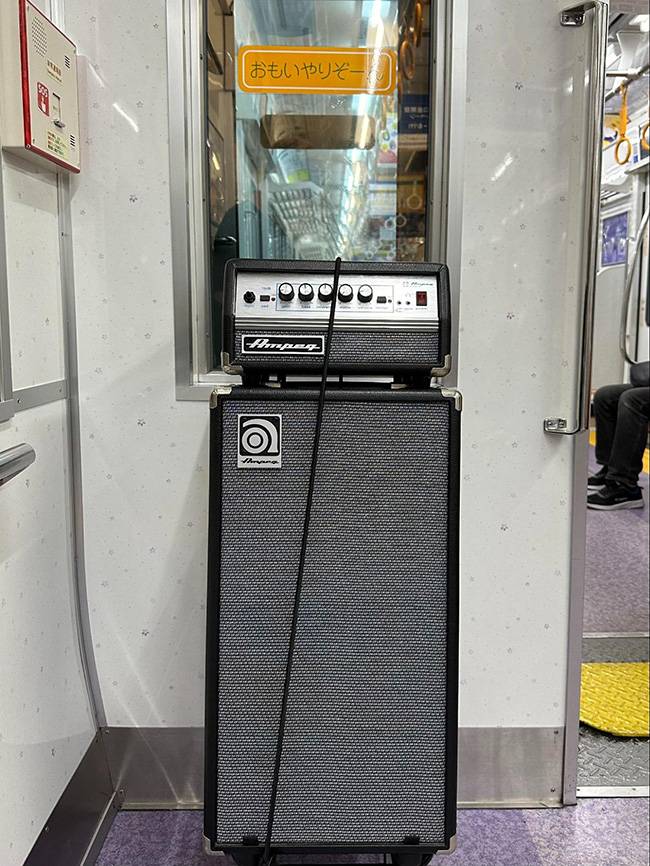
The “sound & person” column is made up of contributions from you.
For details about contributing, click here.





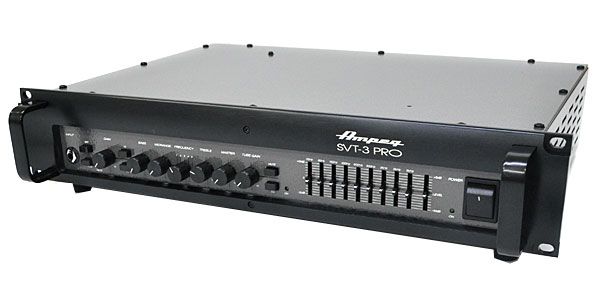
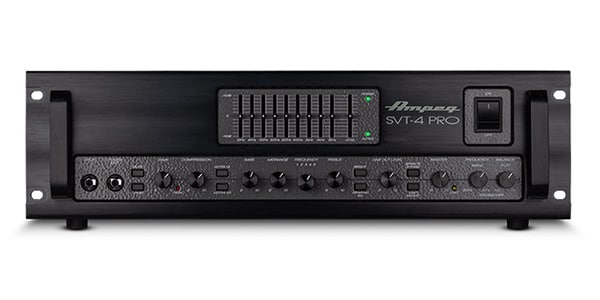

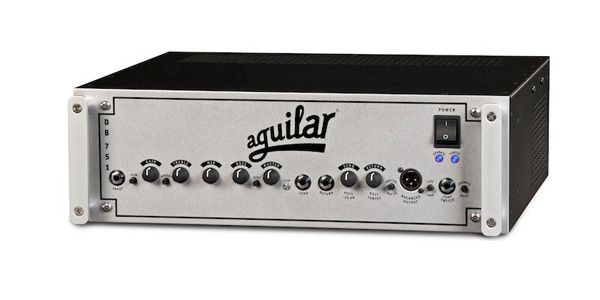
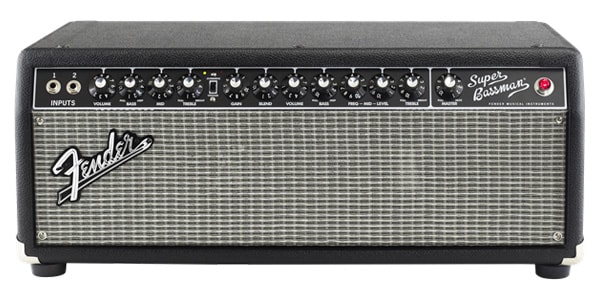
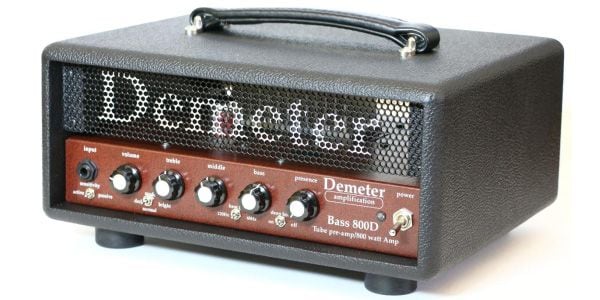
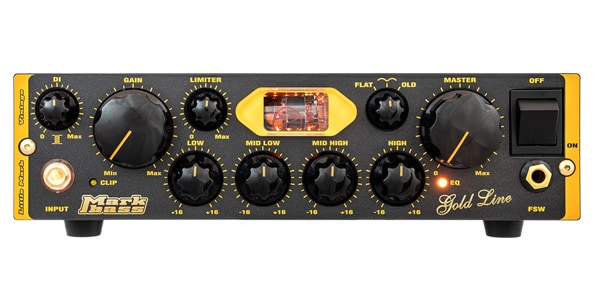
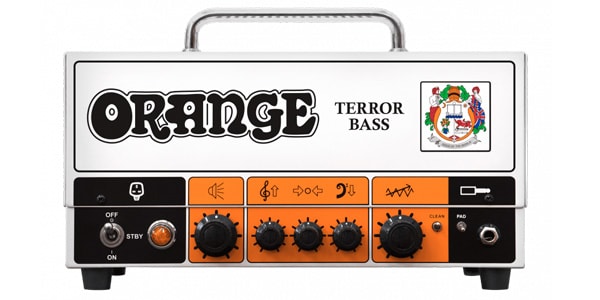
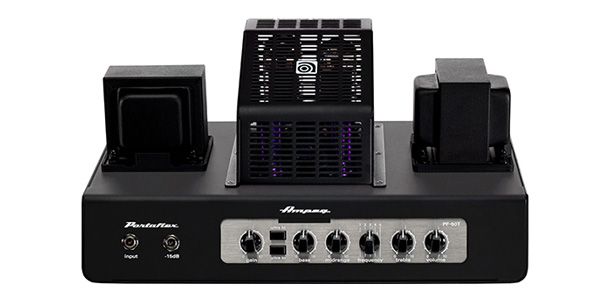
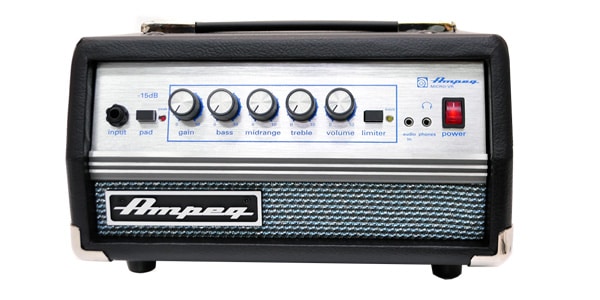







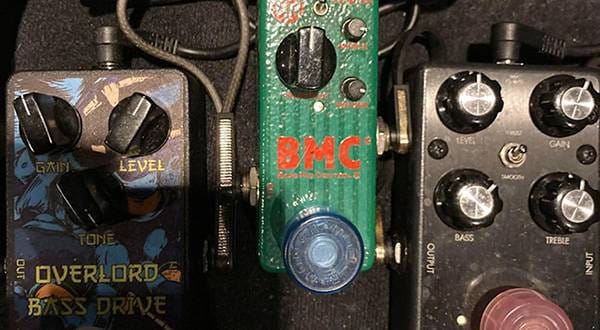
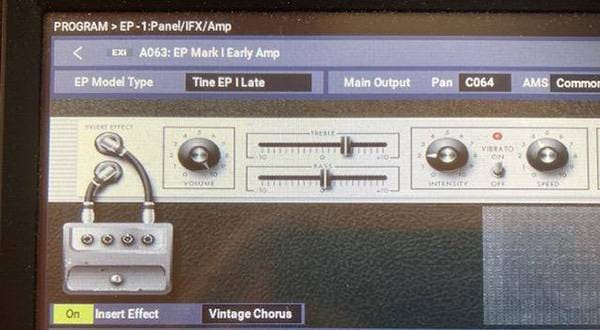
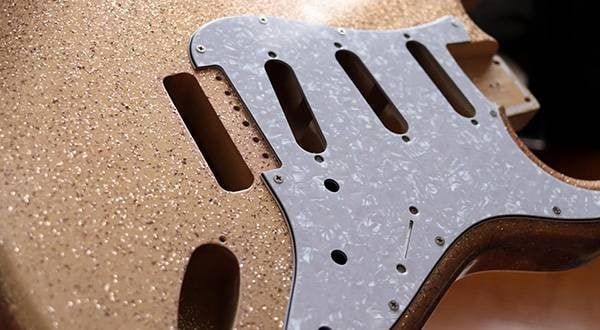
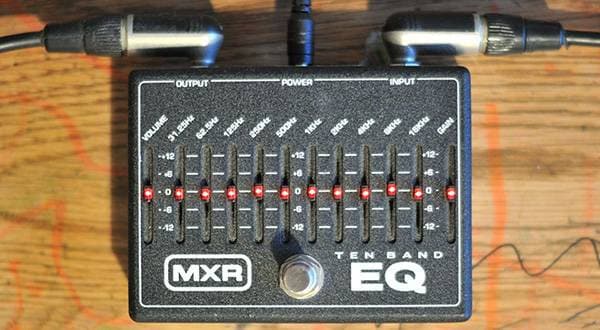
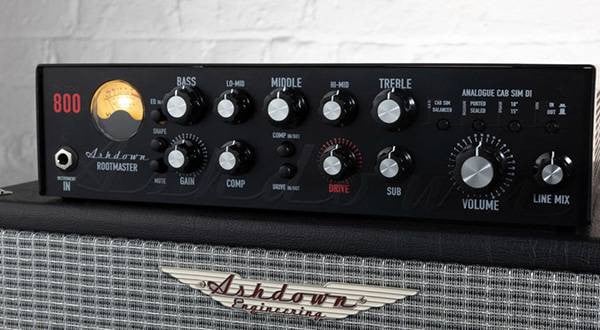
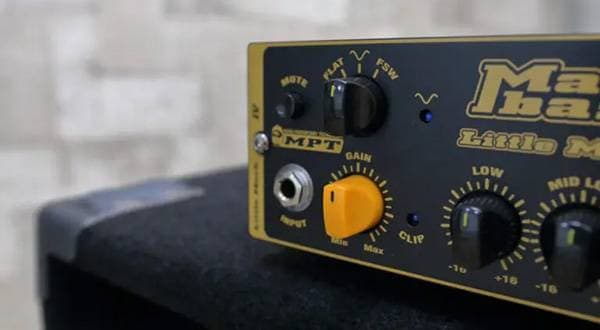
![[Latest for 2024!] Popular and Recommended Bass Amps Ideal for Home Practice!](/contents/uploads/thumbs/2/2022/9/20220914_2_19423_1.jpg)
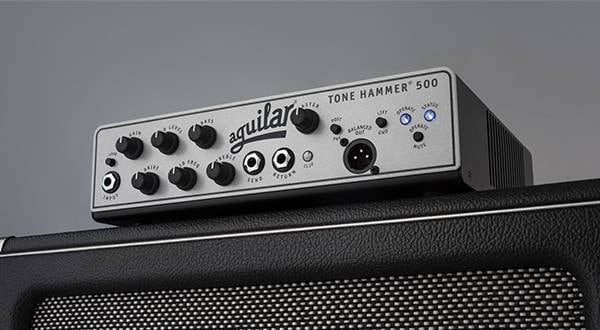
![[Bass Amp] Transistor or Vacuum Tube?](/contents/uploads/thumbs/5/2021/12/20211222_5_15729_1.jpg)
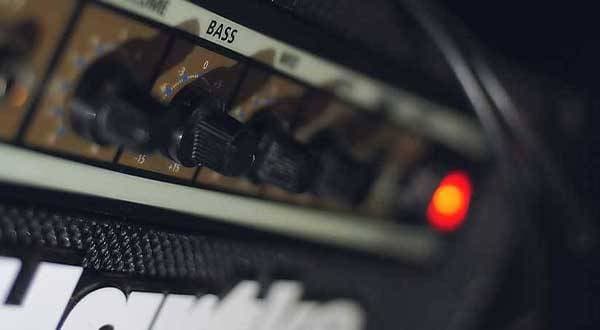
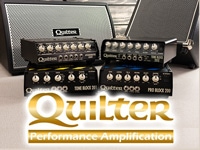 QUILTER 製品カテゴリー一覧
QUILTER 製品カテゴリー一覧
 AMPEG 製品カテゴリー一覧
AMPEG 製品カテゴリー一覧
 ベーススタートガイド
ベーススタートガイド
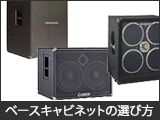 ベースキャビネットの選び方
ベースキャビネットの選び方
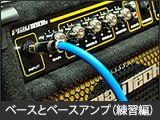 ベースとベースアンプ(練習編)
ベースとベースアンプ(練習編)
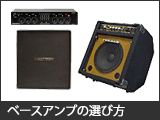 ベースアンプの選び方
ベースアンプの選び方

